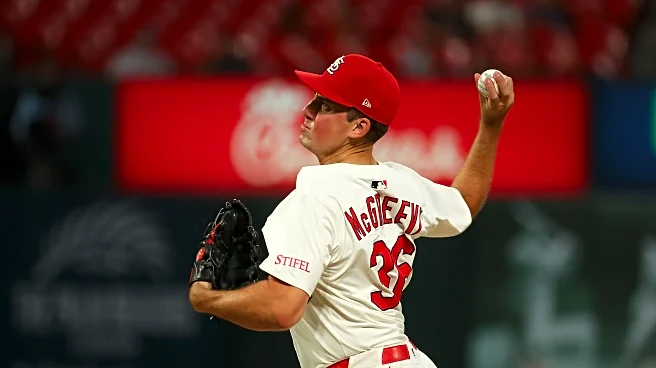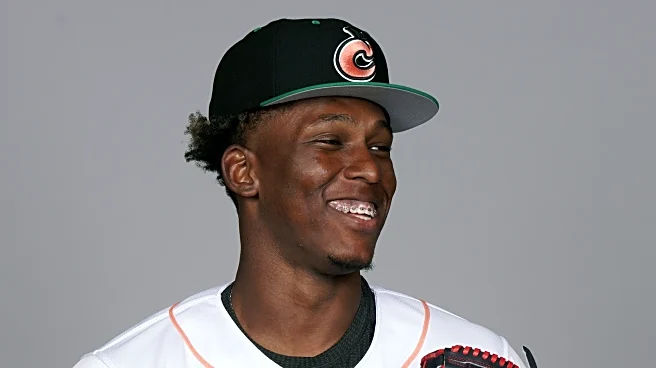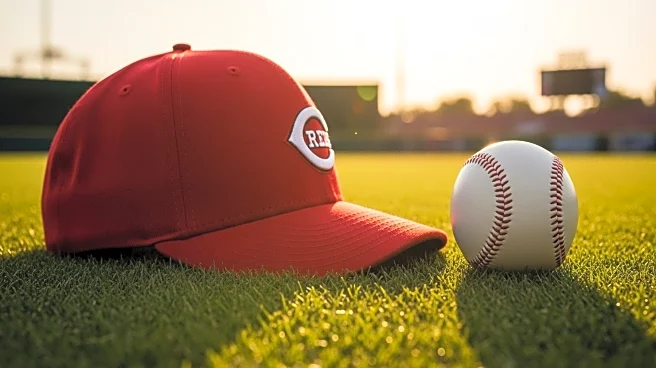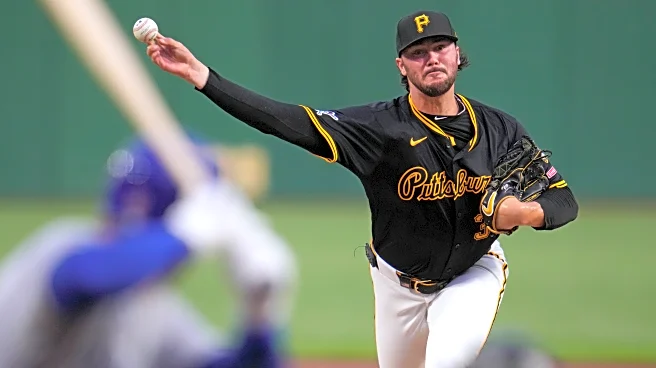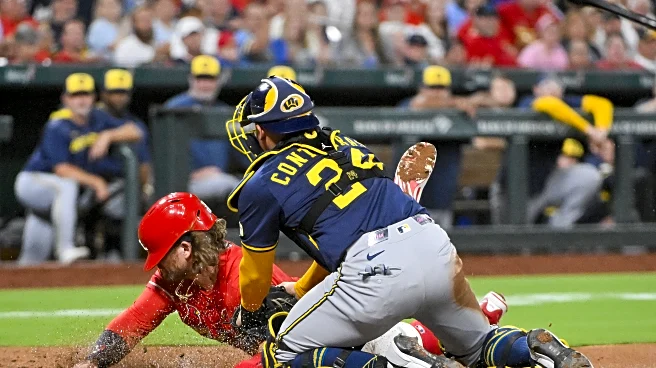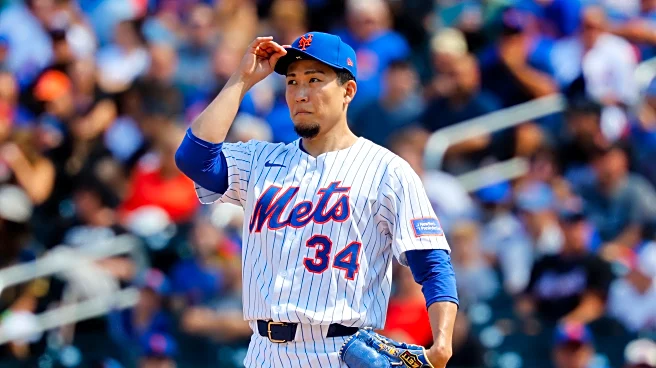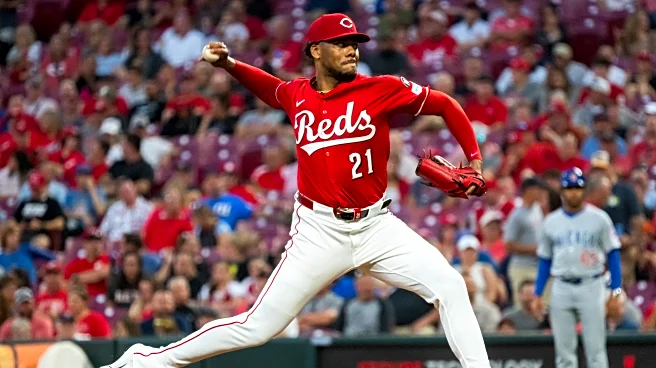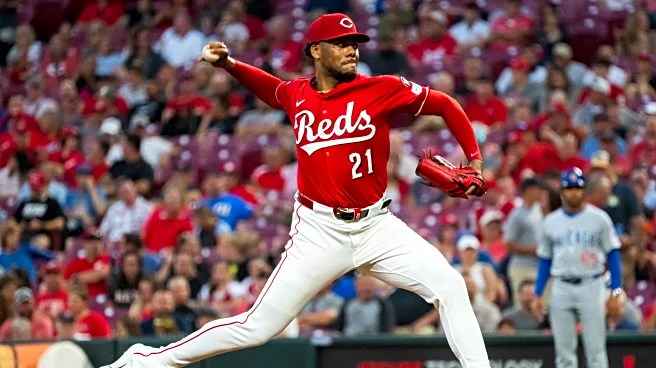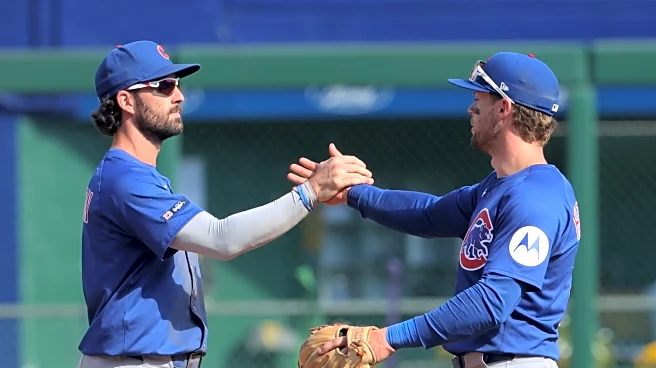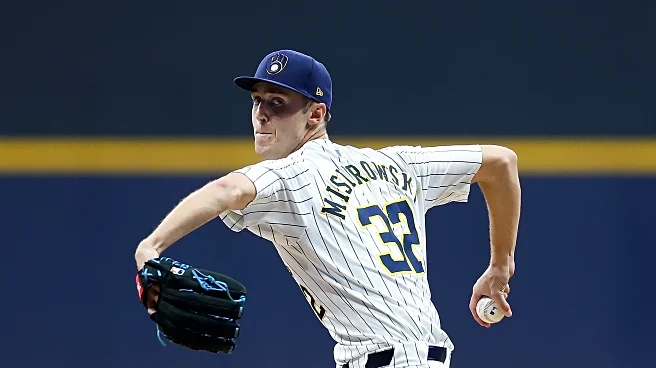On Tuesday night against Cincinnati, Michael McGreevy delivered one of the best starts of his young career: seven innings, no runs, three walks, and six strikeouts for a Game Score of 76. (His best start according to game score was on September 29, 2024 when he pitched eight innings with six strikeouts, no walks, and one run allowed for an 81 Game Score.) He kept the ball on the ground, worked quickly, and gave the Cardinals a chance to win.
It wasn’t flashy. McGreevy doesn’t light up radar guns or
rack up whiffs. But he executed a clear plan—mixing seven pitches, staying in the zone, and leaning on his defense. In a season full of noise, his outing was a reminder that there’s still value in quiet efficiency.
McGreevy came into Tuesday’s start with one of the deepest pitch mixes on the staff. He threw seven different pitches against the Reds, leaning most heavily on his sinker, sweeper, and four-seam fastball. None of them are overpowering, but together they form a toolkit built for contact management and sequencing.
McGreevy didn’t rely on any one pitch to dominate. Instead, he sequenced carefully—starting hitters with sinkers and cutters to induce early contact, then mixing in sweepers and curveballs when ahead. He elevated the four-seamer just enough to keep hitters from sitting low, and used the changeup as a surprise pitch.
 Baseball Savant" />
Baseball Savant" />
The result was a steady stream of weak contact. Of the 16 balls in play, 9 were grounders. Six were hit hard. He didn’t walk anyone, and he didn’t give hitters a chance to settle in.
There was one inning where McGreevy ran into trouble, and I think it actually underscored the path to his success. In the second, he got ahead of Sal Stewart 1–2, then tried to get a chase with three straight balls out of the zone. It was a departure from the approach that had been working—pounding the zone, trusting contact—and it cost him a walk. But even that moment reinforced his identity: he got a ground ball double play to escape the jam and settled back into his rhythm.
McGreevy’s pitch tempo is not one of the fastest at 16.9 seconds. That is actually the third longest time between pitches on the Cardinals after Andre Pallante and Sonny Grey. Because of his approach, it didn’t feel like a lot of time though. His tempo kept the game moving, and the defense responded in kind. When a pitcher throws strikes and keeps hitters off balance, the defense stays engaged. That was the story Tuesday: a game that cruised, not because of dominance, but because of rhythm. McGreevy gave his fielders a chance to be sharp, and they backed him up with clean execution.
As a fan, it was just a pleasant game to watch. For the most part, McGreevy kept things moving—no long pauses, no deep counts, no walks to drag the pace. When a pitcher works quickly and throws strikes, it makes everything feel sharper: the defense stays alert, the innings don’t drag, and the game holds your attention. Personally, there’s nothing more frustrating than watching a starter drag an inning on with walks. McGreevy did the opposite. He set a tone, stayed in rhythm, and let the game breathe.
It’s worth noting that the Reds’ offense ranks 24th in MLB by wRC+ (92), so McGreevy wasn’t exactly facing Murderers’ Row. But that doesn’t take away from what he showed. He executed a plan, stayed in rhythm, and gave the Cardinals seven clean innings. For a pitcher still finding his footing, that kind of outing matters. It’s a glimpse of what his ceiling could look like: efficient, contact-heavy innings with minimal damage and a defense that stays engaged. If he can repeat that formula—mixing pitches, staying in the zone, and keeping the ball on the ground—he has a path to being a reliable back-end starter.
The key will be consistency. His changeup and curveball are still developing, and the sweeper sometimes catches too much of the middle of the plate. He’ll need to refine his sequencing against lefties and find ways to miss more bats when needed. But the foundation is there: a deep arsenal, a clear plan, and a tempo that keeps games moving.
For a Cardinals team looking to stabilize its rotation in 2026, McGreevy doesn’t need to be flashy. He just needs to be efficient, composed, and ready to let the defense work. That kind of pitcher might not headline a rotation, but he can hold it together. He can give you six innings on a Tuesday night and keep the bullpen fresh. In a year where it looks like the Cardinals will be counting on bounce-backs, breakouts, and maybe a few surprises in the rotation, there’s value in someone who just does his job.
McGreevy’s start against the Reds wasn’t a statement—it was a blueprint. If he can follow it, he might be part of the solution for a team trying to figure out its identity.
Happy Sunday!
